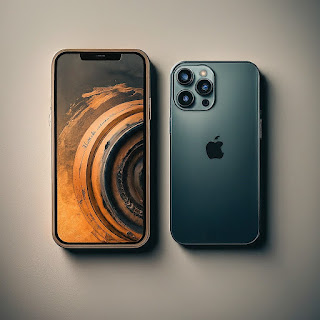Android vs. iPhone? It really all depends
Android and iPhone dominate the smartphone landscape, each catering to distinct user preferences. Android, with its open-source nature, boasts a staggering 70% market share. Its vast array of devices and customizable interface appeal to tech enthusiasts and budget-conscious consumers alike. However, the fragmentation inherent in Android can lead to security concerns and inconsistent updates.
iPhone, on the other hand, commands a devoted following despite its smaller market share (29%). Its allure lies in its closed ecosystem, which prioritizes seamless integration and a refined user experience. Apple's meticulous attention to detail, from the intuitive interface to the premium hardware, resonates with users seeking a premium, hassle-free experience.
While Android users relish customization and affordability, iPhone users value simplicity, security, and a cohesive ecosystem. The seamless integration between Apple devices, including Macs, iPads, and Apple Watches, creates a unified experience that simplifies tasks and enhances productivity. Additionally, Apple's stringent app store guidelines and regular software updates ensure a secure and reliable environment for users.
Ultimately, the choice between Android and iPhone boils down to individual priorities. Android excels in customization and affordability, catering to tech-savvy users and budget-minded consumers. Conversely, iPhone's strengths lie in its seamless integration, user-friendly interface, and robust security, appealing to those who prioritize a premium, hassle-free experience within a closed ecosystem.
By understanding the unique strengths and weaknesses of each platform, consumers can make an informed decision based on their individual needs and preferences. Whether you prioritize customization and flexibility or a seamless, secure ecosystem, the smartphone market offers a plethora of options to suit your lifestyle.



